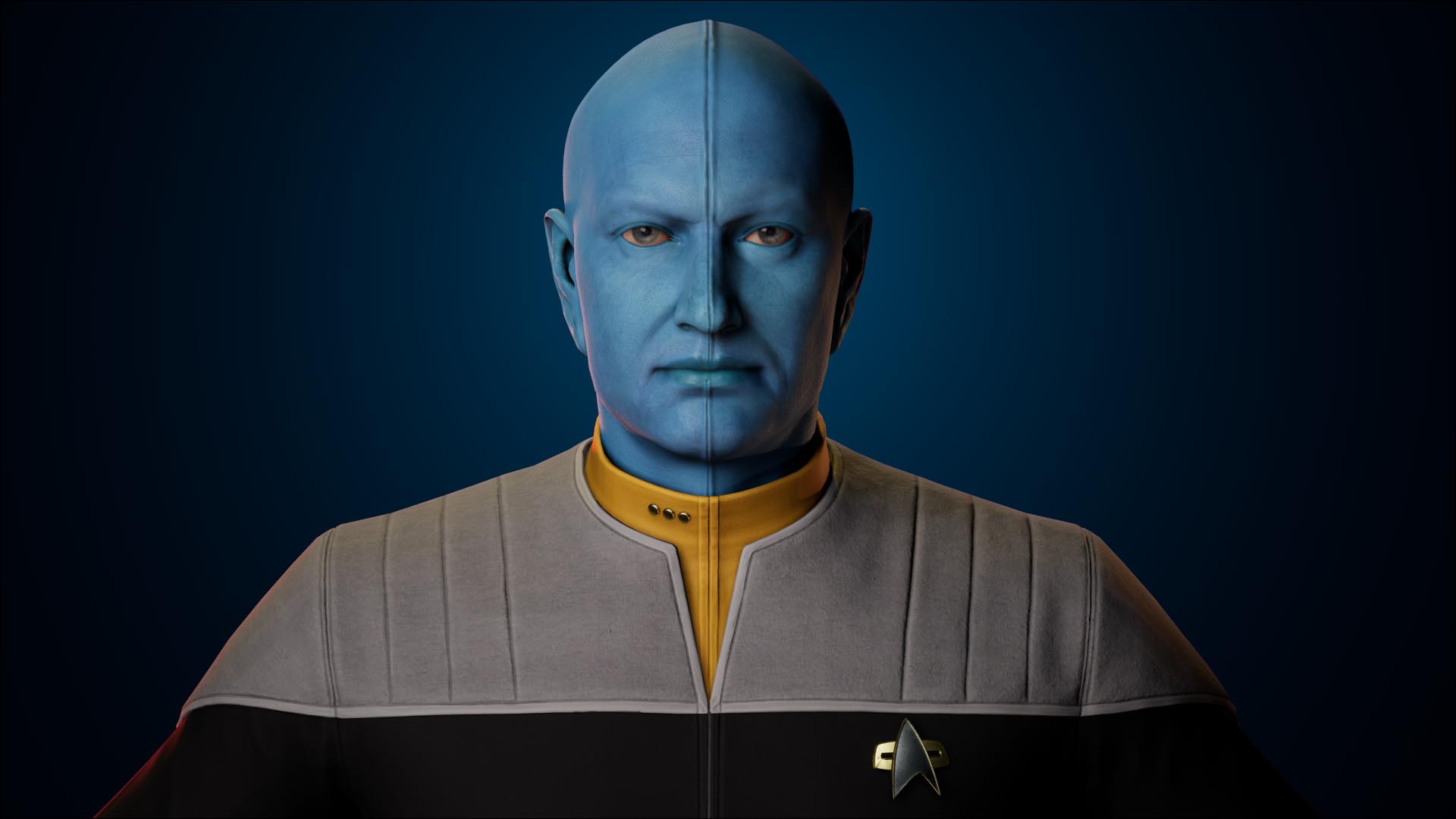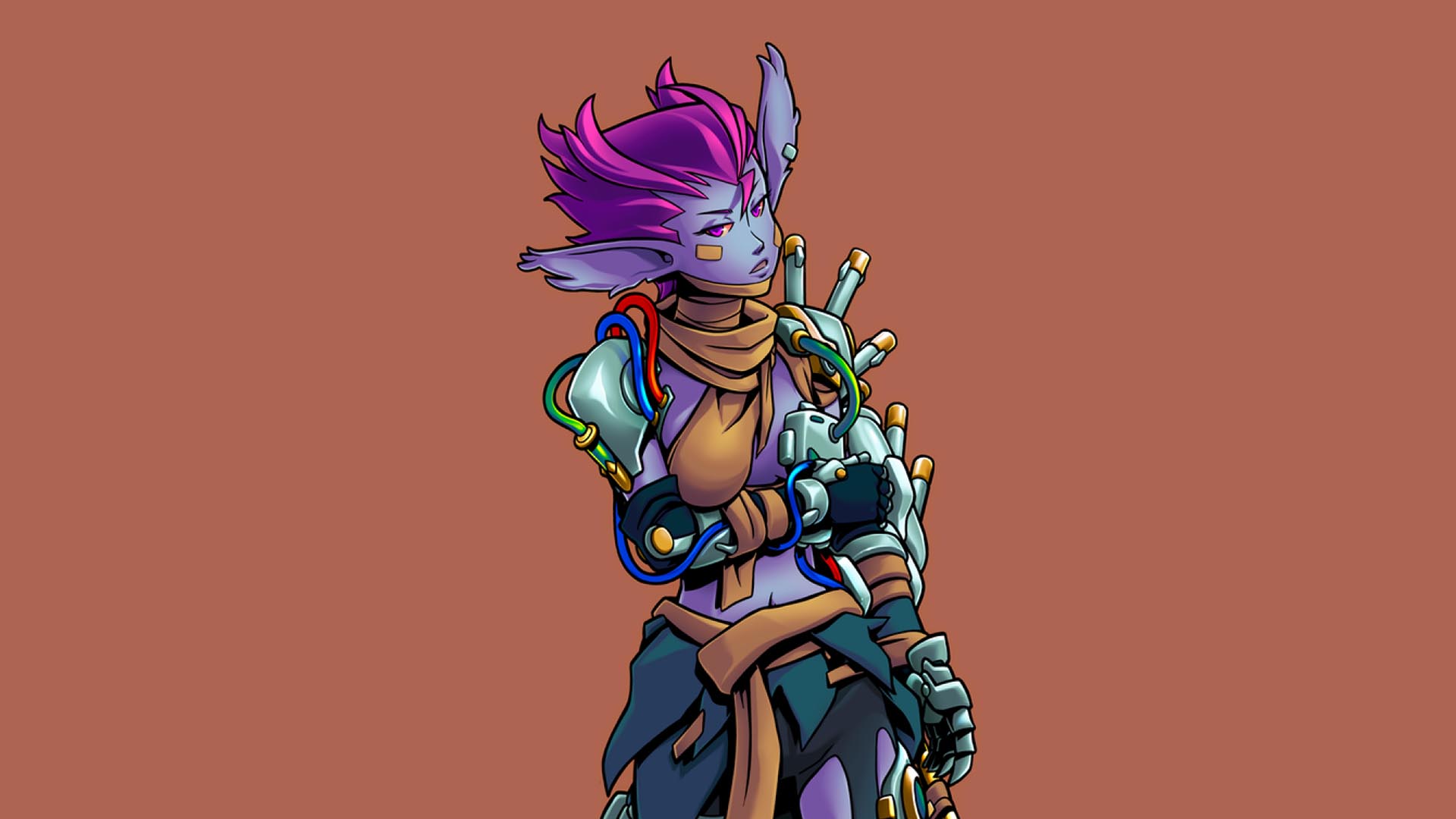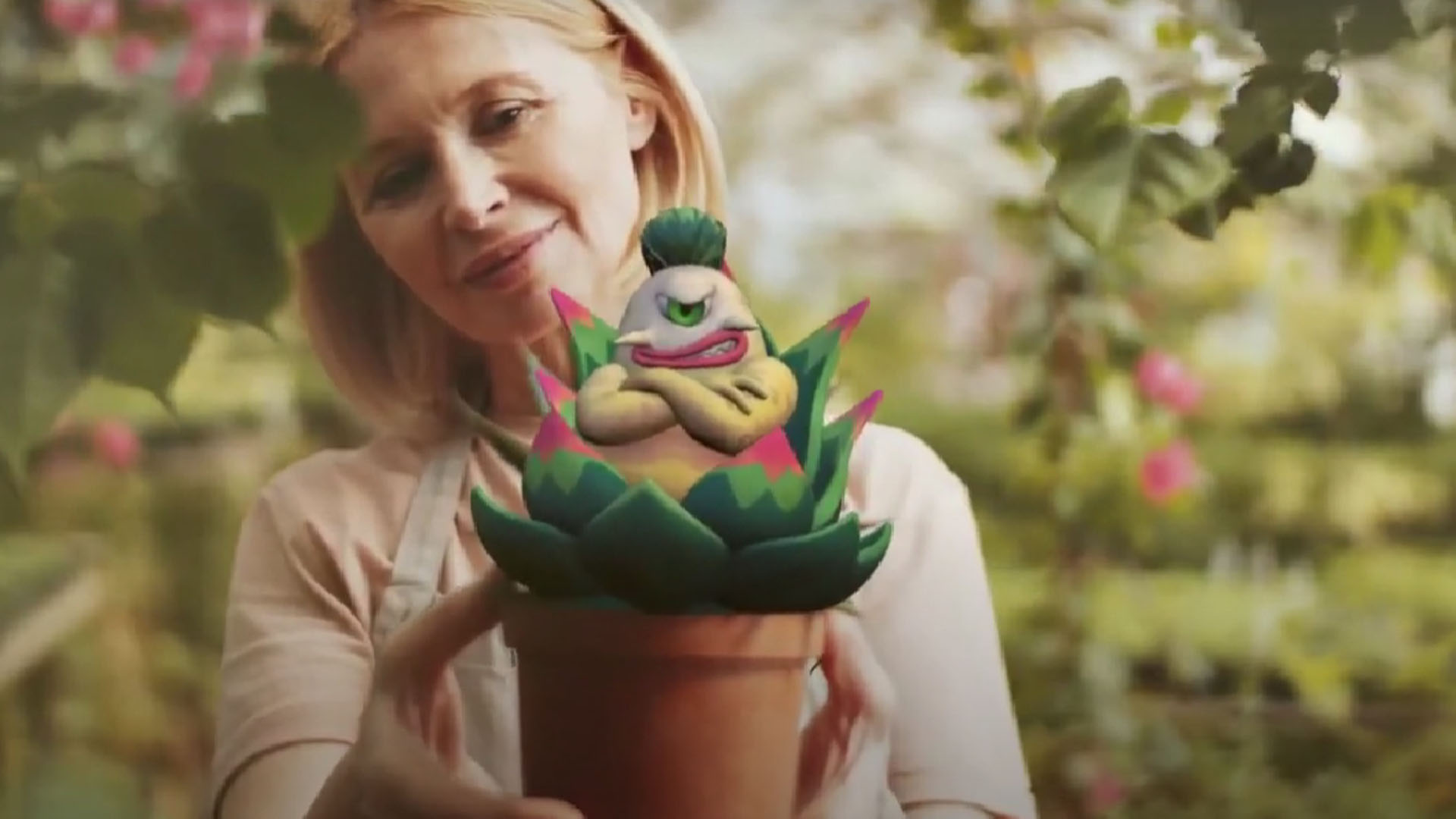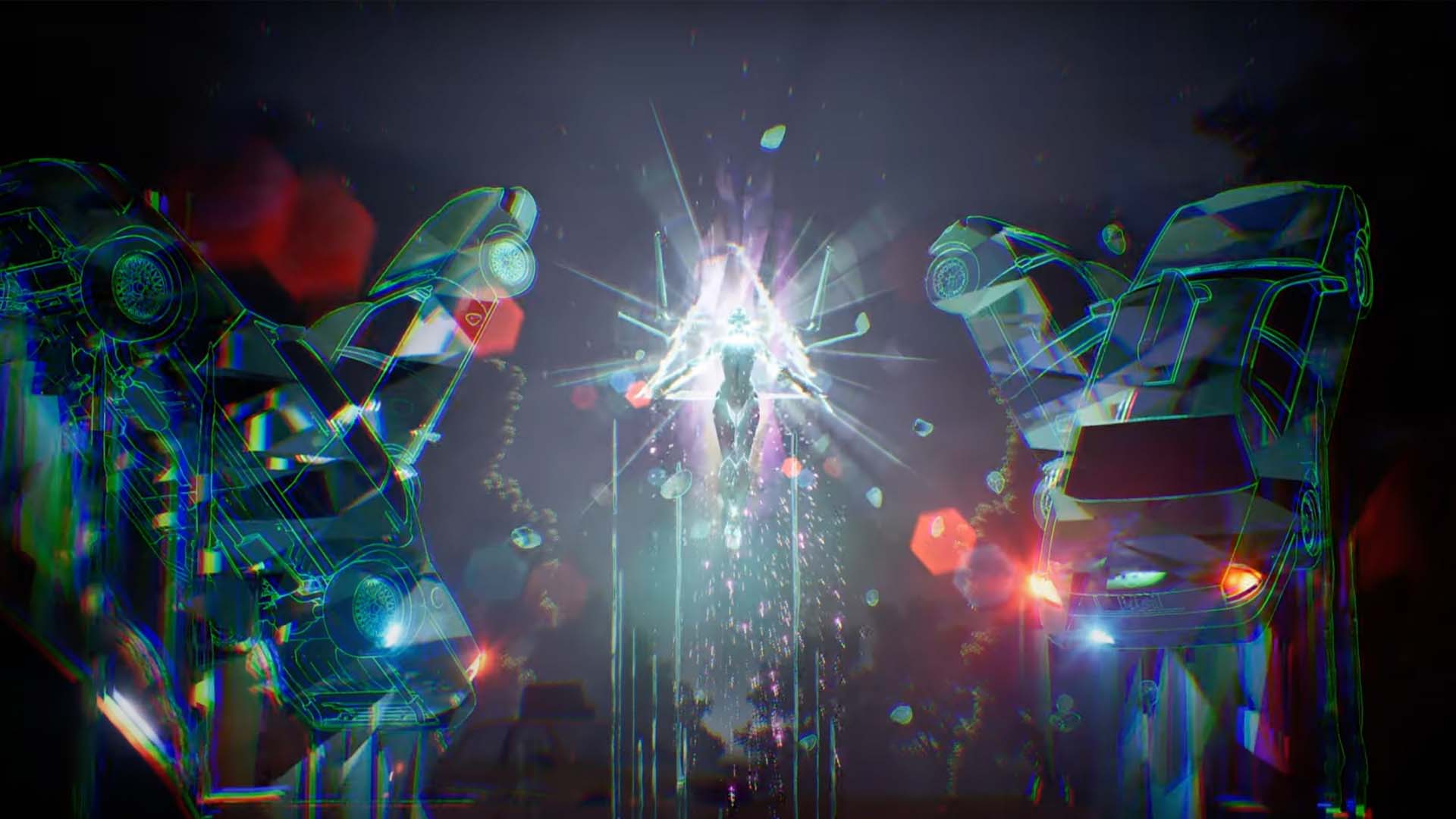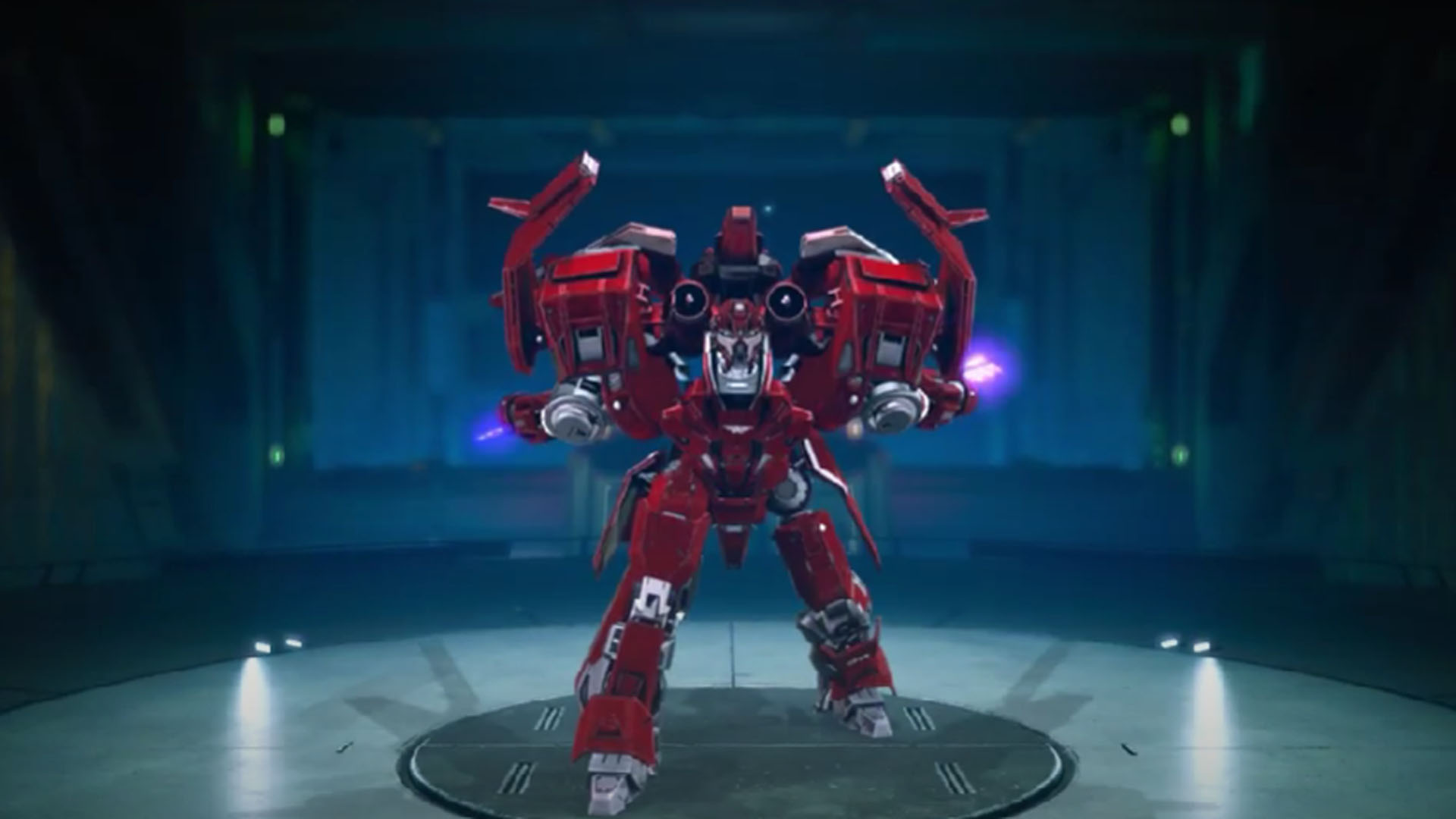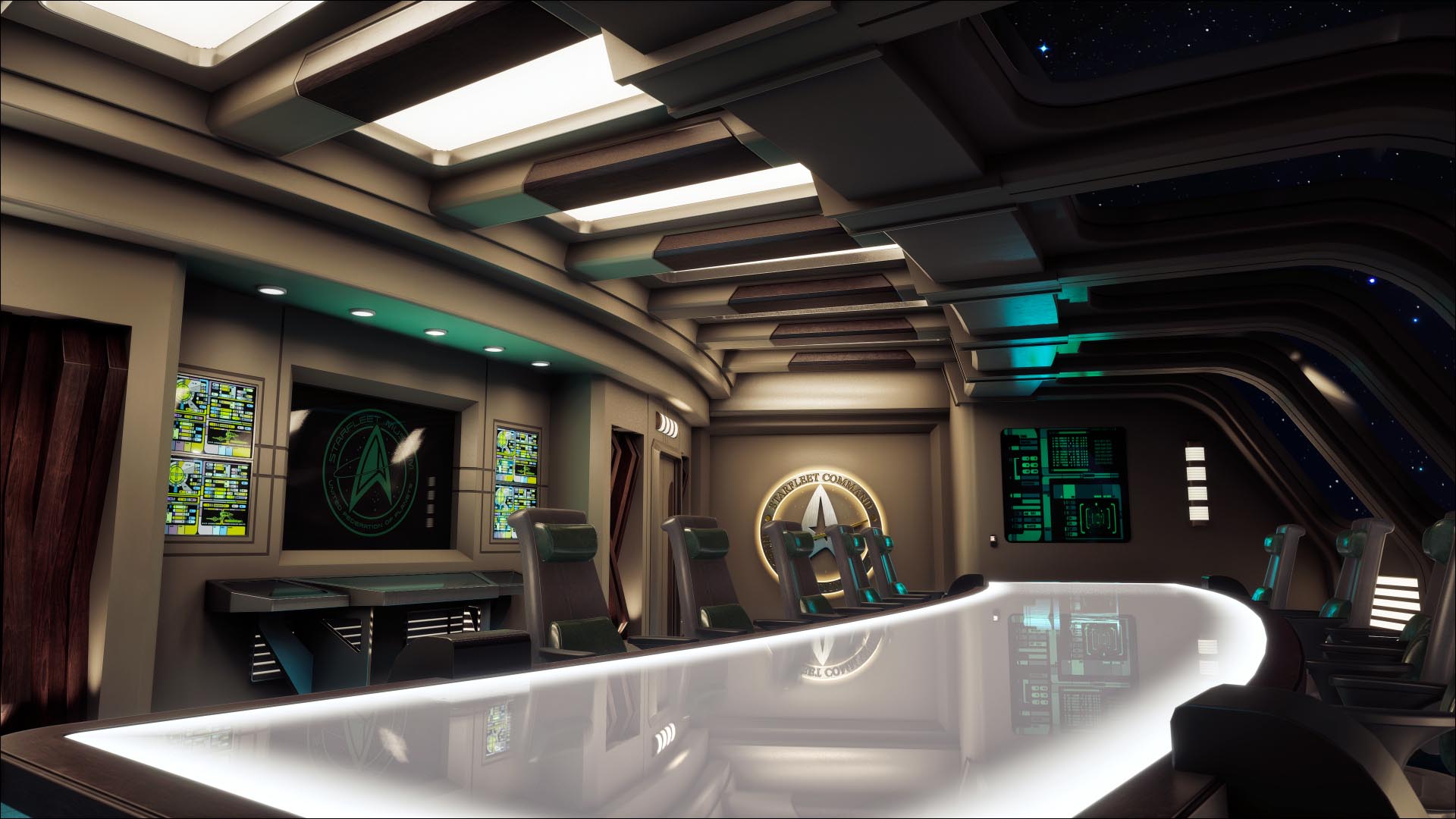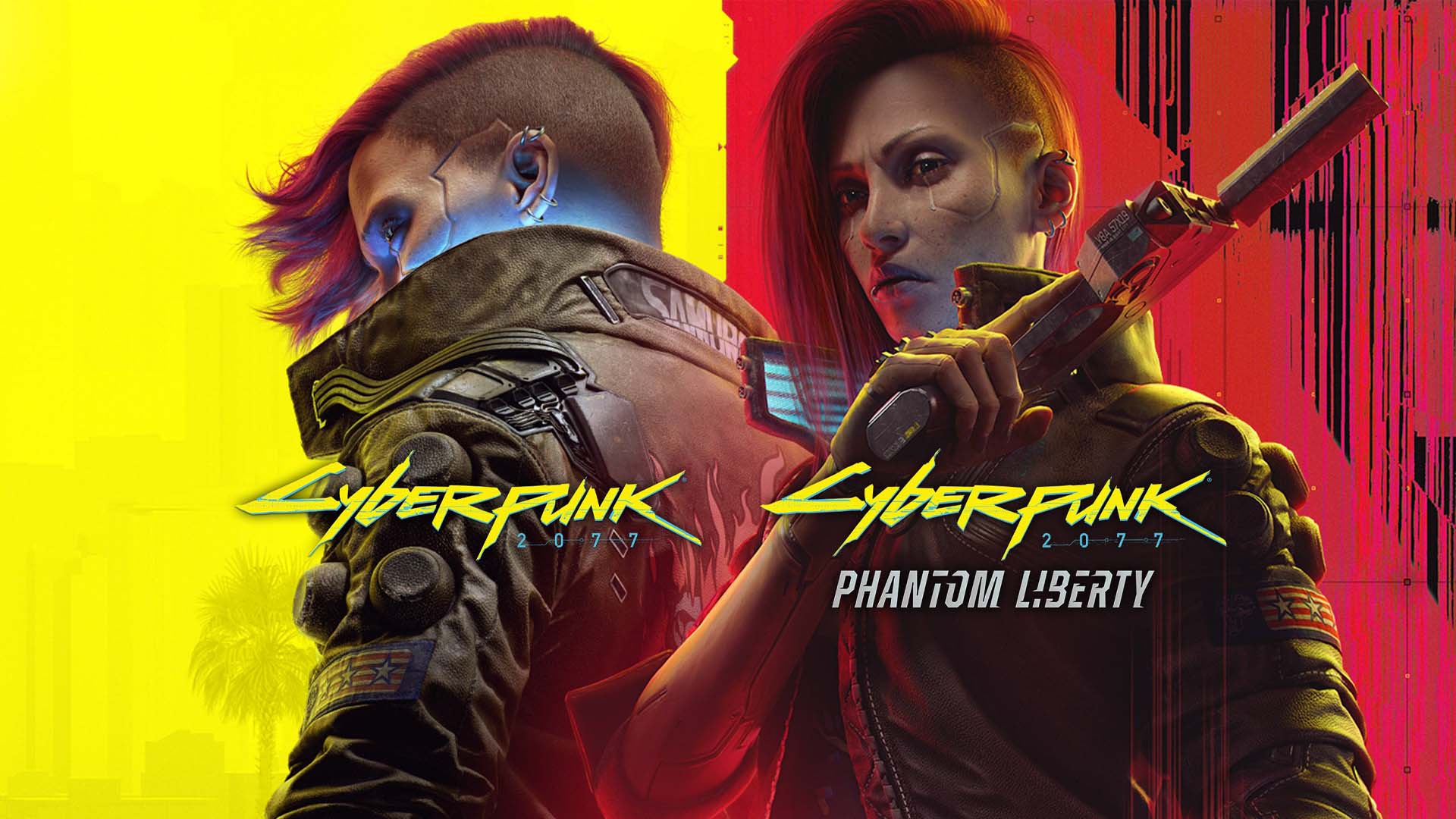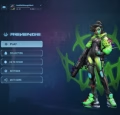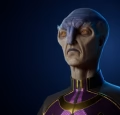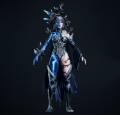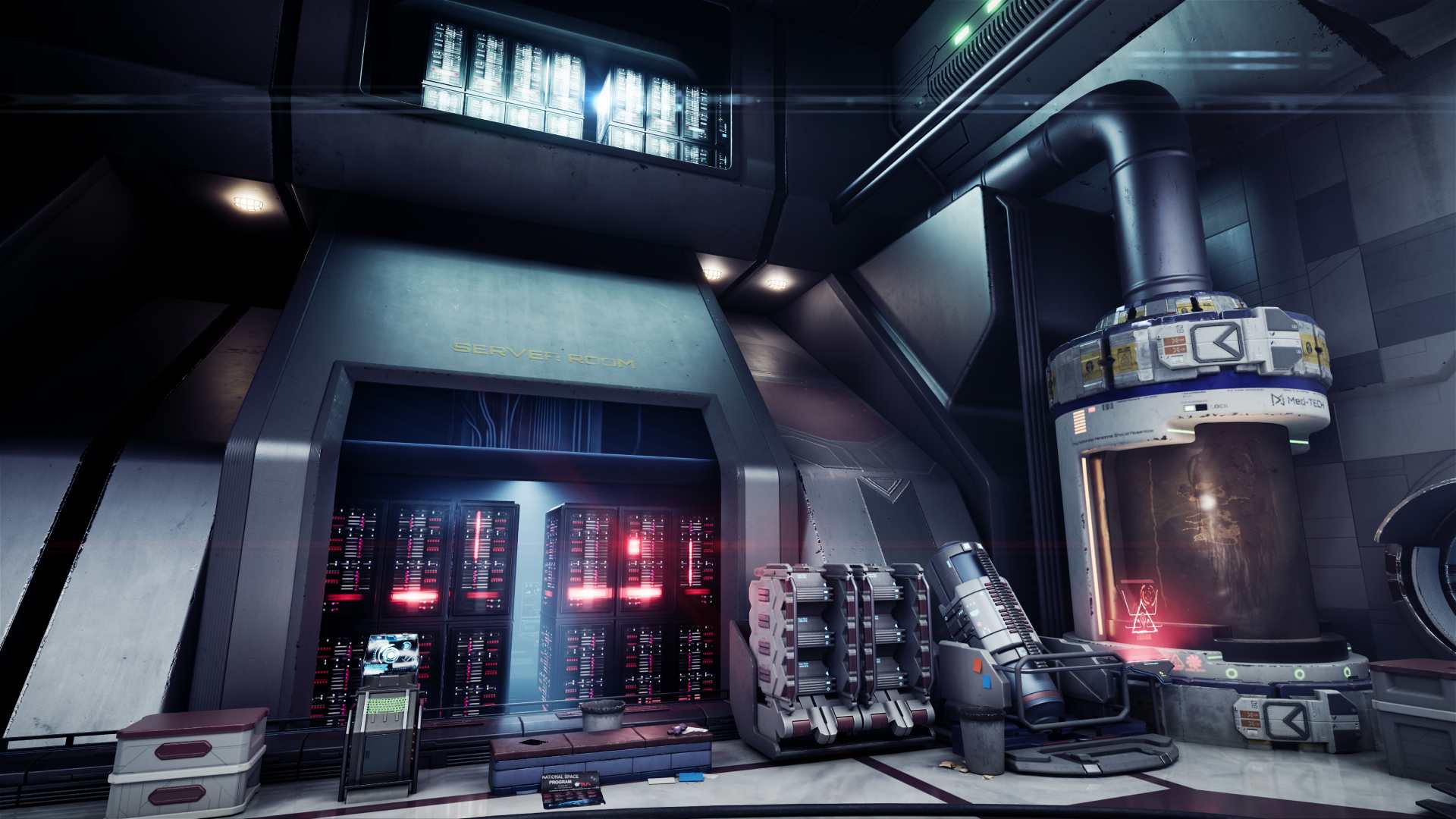The art team at Magic Media are always ready to advise and assist on choosing the appropriate game art style for your title that will captivate players and enhance your game’s experience.
The Magic Media team understands the importance of game art in leaving lasting impressions on players. Our art production services will help bring your vision to life in the best way possible. So let’s dive into game art styles, a few common ones, and what elements to consider when choosing yours.
Exploring Game Art Styles
There are too many individual styles and variations to really get into everything. Each of the four we’ll mention below are broad categories that have an infinite number of variations to play around with. Something to consider is that it’s all quite fluid and these styles can be adapted and changed if you feel it would suit your game best.
Realism and Hyperrealism
This is one of the most common art styles for modern AAA games. Replicating, as close as possible, real-world visuals and styles. Some common examples would be the Call of Duty series and The Last of Us.
Its advantages include an immediate higher level of immersion and a strong connection to the game’s world. However, given how resource intensive it is, it can often be difficult to achieve for smaller studios. As realism goes as well, disrupting immersion is always a risk. Lastly, it can limit your creative freedom.
Magic Realism or Fantasy Realism
Where immersion isn’t lost when realism falters, magic realism or fantasy realism blends realistic graphics with more fantastical elements. Think any sci-fi or fantasy games, such as Cyberpunk 2077 or the more modern Assassin’s Creed entries.
The advantages include a far greater creative freedom than standard realism which can aid in executing unique visual concepts. It also doesn’t suffer as much in terms of disrupting immersion when realism falters. Its disadvantages are similar however, as an art style, as it is still resource intensive and it’s a careful balance between realism and fantasy.
Low Poly
This style utilizes a limited polygon count to create a stylized and sometimes retro look. This is a style that rapidly grew in popularity for indie and unique stylized titles. Games such as Deep Rock Galactic and Astroneer would be excellent examples of this style.
The advantages are that it is highly efficient for rendering and is suitable for almost any platform at its core. As mentioned, it’s an excellent style for indie studios given its accessibility and resource-friendliness. On the other end, its lack of detail can sometimes be a negative and it can struggle to maintain an immersion for players.
Stylized/Cartoon/Hand-painted
We understand these are three categories rather than three individual art styles but they all roughly stand together! These are styles which fully embrace and emphasize artistic expression and creativity. Hand-painted games like Cuphead or Hollow Knight or Cartoon based styles like Overwatch are all good examples.
Its advantages are an immediately striking and unique visual identity. With such freedom of expression, an art team can really knuckle down on any element to allow it to express specific emotions and tailor the world to help player immersion and experience. However, it can be difficult for these styles to age well as they may look dated quickly. And, like any strong, art driven element, you need a specific and consistent art direction early on until completion.
What to consider when choosing your Art Style?
There are several factors to consider based on your game and the type of experience you’re planning on creating for players. Give these elements good consideration before making any major moves!
- Genre: Your game’s genre is the starting point. A horror might struggle in low poly or it might strive with the lack of detail, it all depends on how it’s executed and the type of horror you have in mind.
- Target Audience: Right alongside your genre is your hopeful audience and the expectations of who will be playing your game. Your genre and target audience should be considered side-by-side.
- Game Mechanics: Games are interconnected pieces of entertainment. Consider how your planned gameplay will work in any given art style. How will that affect the mechanic, how will that make a player feel based on what style they’re looking at.
- Platform Limitations: Hardware constraints are a huge consideration. If you’re planning a mobile game and hyperrealism, you will likely find it to be unmanageable. If you’re looking for low poly on modern consoles, you would have some more wiggle room to really spice up the simple and stylized art style.
Choosing Magic Media for your Game Art Production
If you’re considering full-cycle game development outsourcing, co-development, or simply some game art production services, the Magic Media team will be ready to help. Our goal is the delivery of your dream game to the screens of players in an enjoyable and engaging way. Bringing your game art style and vision to life is something we’re passionate about and can offer our skills to any element of game art including concept art, game VFX, UI/UX, and more!
At Magic Media we are veterans of the gaming, tech and entertainment industries, offering comprehensive services including game development, VFX, animation and full art services! Our main goal is to provide a one-stop solution for any project. If you’d like to utilize our expertize and experience in creating, game art and more, drop us a line and let’s create magic!

